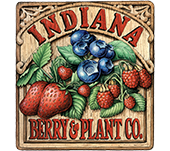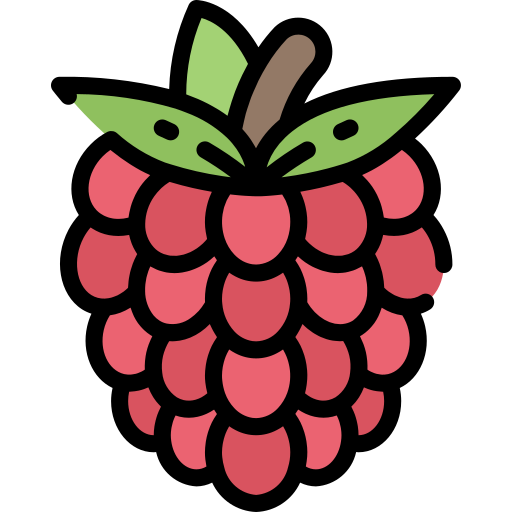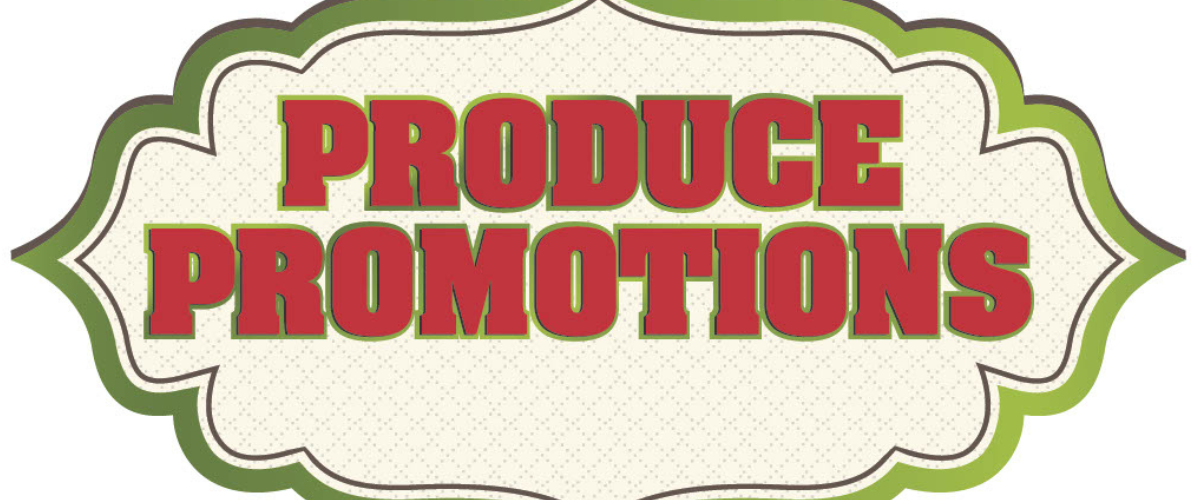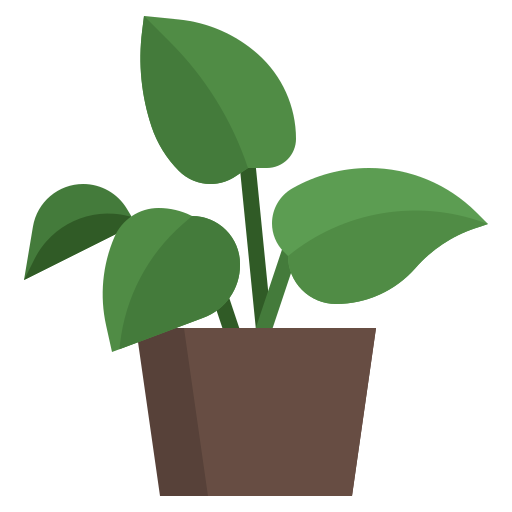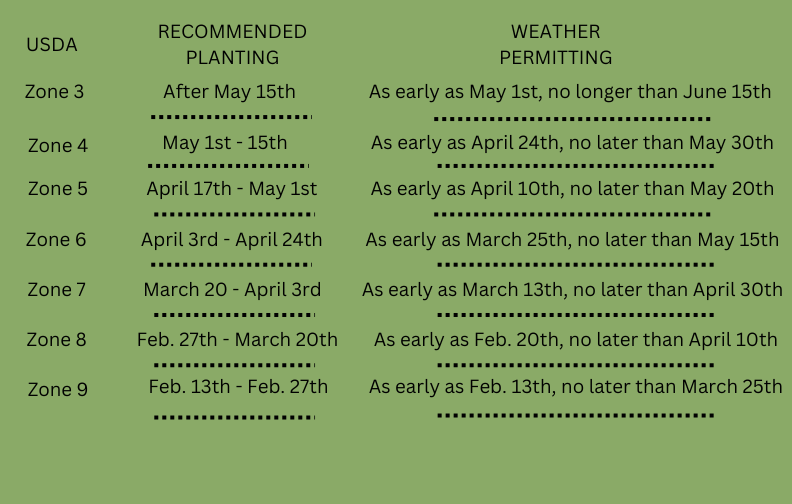| Quantity | Price |
| 1-9 | $10.00 |
| 10-24 | $9.50 |
| 25 + | $8.00 |
Largest berries of any cultivated elderberry. Juicy, sweet, purplish black berries. Good for jam, jelly, juice, pie, and wine. Hardy, vigorous, highly productive bush will grow 6 to 8 feet. Large creamy white flowers in early summer and nice fall foliage. Two varieties need for cross pollination. Can bear as early as the second year. Last to ripen.
